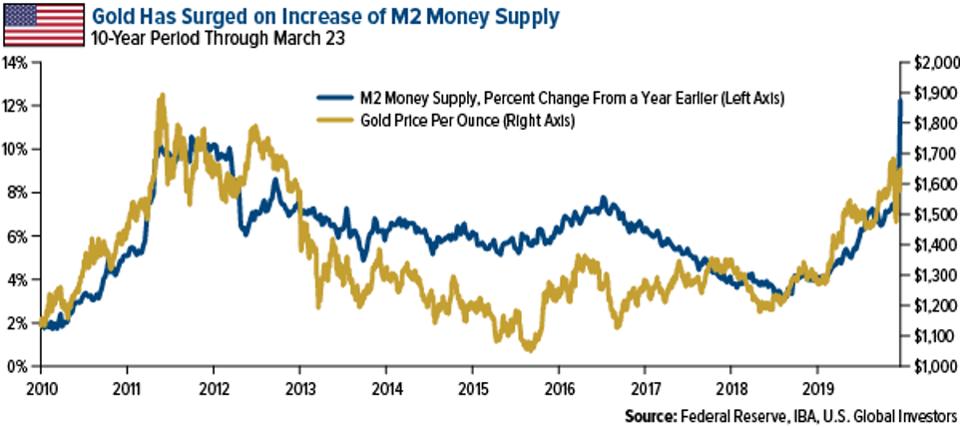
On the other hand, understanding turnover enables enterprises to manage their production levels and ensure no idle inventory for extended periods. It also helps in planning for and assigning resources to improve efficiency. Revenue refers to the money companies earn by selling products or services for a price, whereas turnover is the number of times companies make or burn through assets. In reality, turnover affects the efficiency of companies, while revenue affects profitability. Revenue is the amount of money earned by a company from its normal business operations, which are often the sales of goods and services to customers. It determines the efficiency and effectiveness of the enterprise to manage resources.
- While operating income equals revenue minus operating expenses, EBIT also subtracts the cost of goods sold (COGS).
- Sales and turnover are sometimes used interchangeably to mean the same thing but are slightly different.
- However, total revenue for a period may occasionally be smaller than total sales.
- Operating expenses include selling, general, and administrative expenses (SG&A), depreciation, and amortization.
- Revenue is also called as “Topline” as it appears on the income statement as the top item.
When investors and analysts speak of a company’s income, they’re actually referring to net income or the profit for the company. As the JCPenney example illustrates, the difference between revenue and operating income shows why analyzing financial statements can be challenging. It’s always prudent (and recommended) to consider multiple metrics to determine a company’s profitability before making any investment decisions.
Which Financial Ratio Is the Best Measure of Operating Efficiency?
The goal as a business owner is to maximize the amount of inventory sold while minimizing the inventory that is kept on hand. Sales and turnover are sometimes used interchangeably to mean the same thing but are slightly different. Sales are the total value of products (goods and services) a business sells. In contrast, turnover (sales turnover) measures how much the company sold its products and services within a given period. Revenue is the total amount of income generated by the sale of goods or services related to the company’s primary operations. Revenue, also known as gross sales, is often referred to as the “top line” because it sits at the top of the income statement.

From assessing performance to attracting funding and appraising for a sale, life has you covered. Assets and inventories ‘turn over’ when they pass through your company, whether through revenue vs turnover sale, waste, or outliving their useful life. Marginal revenue remains constant until a specific level of output is reached, and then slows down due to the law of diminishing returns.
The Definition of Turnover Accounting
In general, cash is necessary to purchase inventory to sell and pay for any related expenses when running a business. Turnover and revenue typically have their closest relationship with this accounting ratio. When it comes to understanding the performance and progress of a business, it is important to understand the distinction between revenue and turnover.
NVIDIA Announces Financial Results for First Quarter Fiscal 2024 – NVIDIA Blog
NVIDIA Announces Financial Results for First Quarter Fiscal 2024.
Posted: Wed, 24 May 2023 07:00:00 GMT [source]
Turnover is essential to determine the production levels and ensure that nothing is excluded from the list over time, further defining the company’s efficiency. For any queries about your business financials, you should consult 1 to 1 Accountants. We offer accountancy services for small businesses, including payroll, corporation tax, VAT returns, bookkeeping, and many more. They might share some similar ideas, but for a general accountancy practice, they have their significant function for the business that needs to know.
What is the difference between turnover and profit?
But income almost always refers to a company’s bottom line in a financial context since it represents the earnings left after all expenses and additional income are deducted. The revenue number is the income a company generates before any expenses are taken out. Therefore, when a company has top-line growth, the company is experiencing an increase in gross sales or revenue.
Meet Assam, a final-year chartered accountant student who’s always hungry for knowledge. Self-motivated and driven by curiosity, Assam has a passion for learning about accounting, economics, and the fascinating world of cryptocurrency. Whether it’s mastering complex financial concepts or staying up-to-date on the latest market trends, Assam is always up for a challenge. In 2013 she transformed her most recent venture, a farmers market concession and catering company, into a worker-owned cooperative.
Related Differences
Income, on the other hand, is the total amount of money earned after all expenses are deducted. This includes taxes, depreciation, rent, commissions, and production costs, among others. Many companies generate additional income from the sale of assets during periods when they’re cash poor.
- In reality, turnover affects the efficiency of companies, while revenue affects profitability.
- Revenue and income are two very important financial metrics that companies, analysts, and investors monitor.
- The words turnover and revenue are often used in each other’s place, and often they even mean the same.
Turnover can be counted by calculating incoming revenue, such as when inventory turning over brings in sales income. But inventory turnover can also be evaluated in other terms, such as the amount of time it takes you to sell the stock you typically have on hand. In this instance, a turnover cycle is measured in terms of percentage of total inventory being sold and the time it takes to sell it.

Bir Yorum Yaz